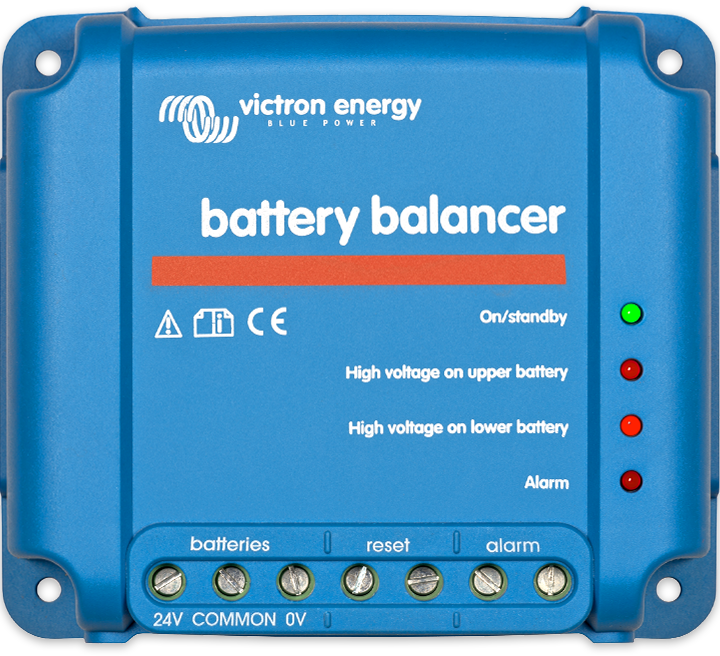The OP is trying to seemlessly upgrade existing equipment from 12v Lead-Acid to LFP.
The customers will not be tech-savy enough to do more than drop in replace three existing L-A with new 12v LFP.
To overcome the BMS issue, the OP would need a sphistacted system with wireless comms between the three cells, on master BMS and two slave BMS to follow instructions. Pretty tough to see how this would be cost effective.
The other problem I see is the charging equipment each customer already has will be based on L-A and will not be suitable for the new LFP.
I see the issue with marketing this to existing consumers as an 'upgrade' and trying to keep costs to a minimum, but the only solution that seems to make sense is a factory rep visits the customer, changes the unit charging for LFP and changes the battery for the customer, using the new 12s LFP pack (or to fit the form-factor of the battery compartment it may be better to make three parallel 80Ah 12s packs each with it's own 12s BMS. For the marketing part, the upgrade is worth the cost because instead of batteries lasting a few years, the LFP will last 10-12 years.




